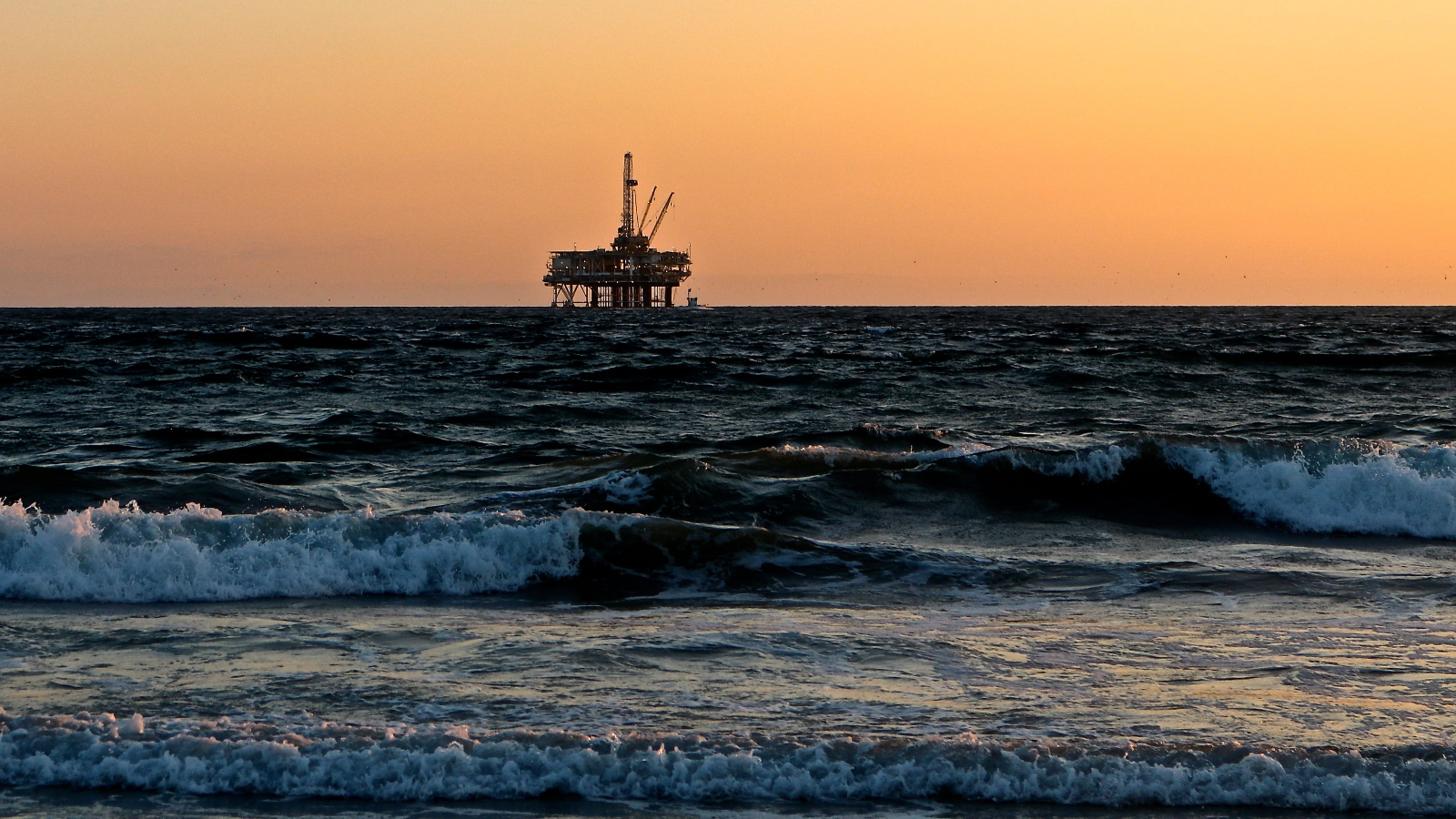
A critical tool for beautiful oceans
The Biden administration should give future generations the opportunity to appreciate our amazing ocean for years to come

On May 6, 2021, the Biden administration launched its “America the Beautiful” initiative, an effort to “conserve and restore” 30 percent of our country’s lands and waters. The administration’s proposed American Conservation and Stewardship Atlas (Atlas) will be used to measure progress on conservation, restoration and stewardship. The Atlas will be a tool that provides information for Americans about the lands and waters that are conserved or restored.
Wednesday was the second of three listening sessions that are part of a public comment period on the initiative. Specifically, the administration is asking for input about the Atlas and how it can serve as a useful tool for the public. Below is the 90-second (capped) public comment that I delivered on the need to do more to create more ocean sanctuaries:
—–
My name is Kelsey Lamp, and I direct the oceans campaigns for Environment America. First, I want to thank President Biden for committing the U.S. to protecting 30 percent of our oceans by 2030.
As warming temperatures and pollution put stress on our oceans, marine species like whales, sea turtles and coral struggle to survive. Marine protected areas (MPAs) are a critical tool to give them a brighter future.
A 2021 report I co-authored, entitled New Life for the Ocean, examined 6 long-term, highly protected marine areas. The report found that marine protections can lead to recovery of fish populations, help endangered species and create ecosystem resilience in the face of climate change and natural disasters. Highly- to fully-protected areas are the most effective at obtaining conservation outcomes.
The Atlas should lay out what areas of America’s oceans already have high- to full, permanent protections, and distinguish between levels of protection using the guidelines laid out in the MPA guide, so that we can evaluate the impact of protections on biodiversity.
And, while the U.S. has protected some areas, many types of marine habitats are not yet in our network of highly protected MPAs. We should permanently set aside a geographically and ecologically diverse array of habitats in strongly protected areas, to meet or exceed the national 30 by 30 oceans goal.
If we do this, we will give future generations the opportunity to appreciate our amazing ocean for years to come.
Thank you for your time.
Photo: David J. Ruck/NOAA
Topics
Authors
Kelsey Lamp
Director, Protect Our Oceans Campaign, Environment America Research & Policy Center
Kelsey directs Environment America's national campaigns to protect our oceans. Kelsey lives in Boston, where she enjoys cooking, reading and exploring the city.
Find Out More

Marine protected areas are the best hope for the ocean – but only if the protections are real

Has PFAS contaminated your beach?

This pro-drilling bill threatens marine life and our climate


